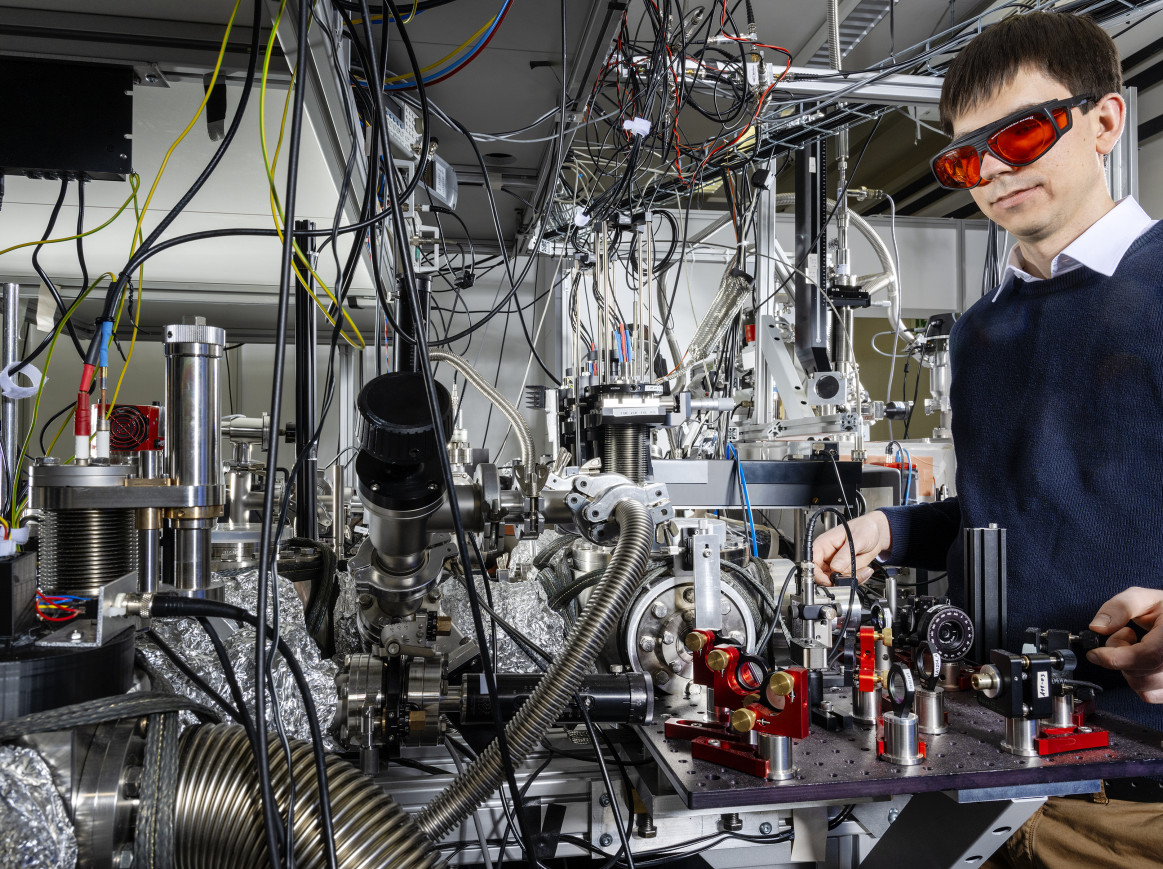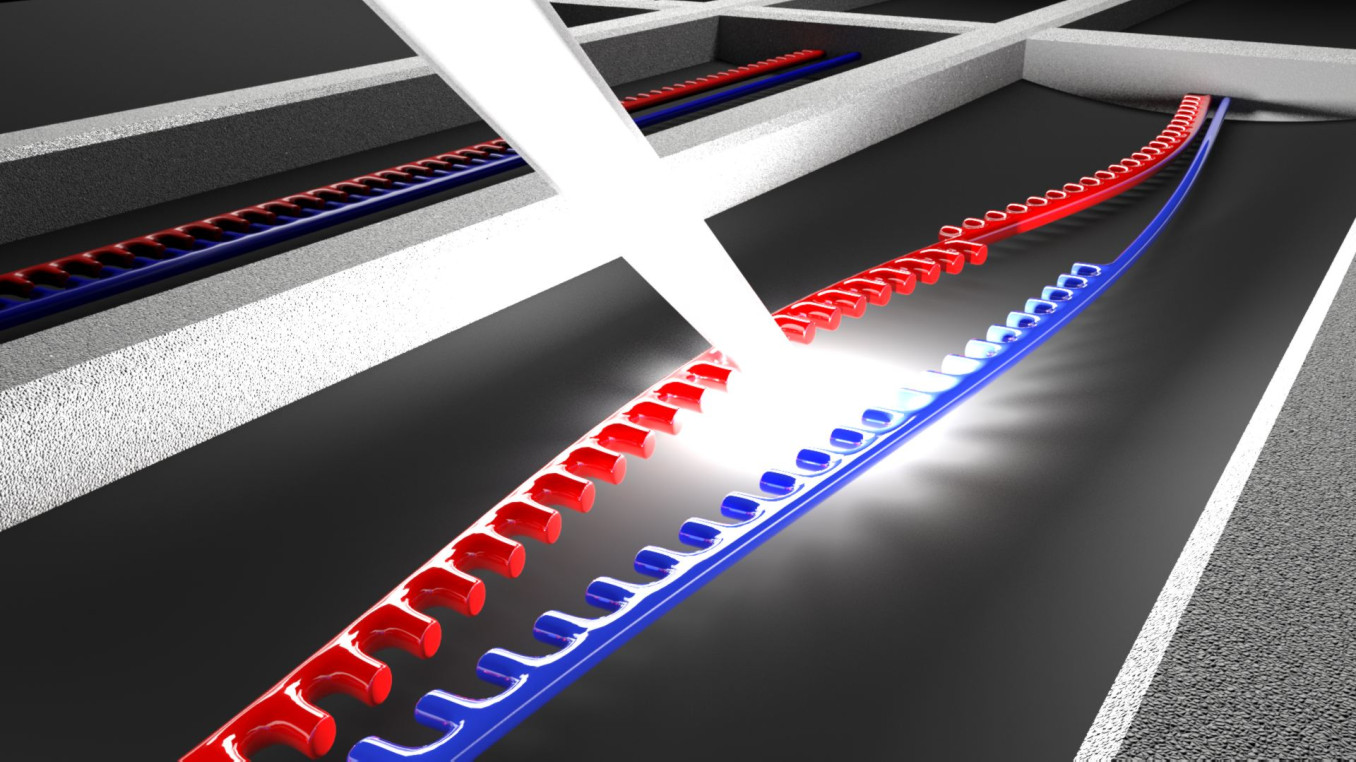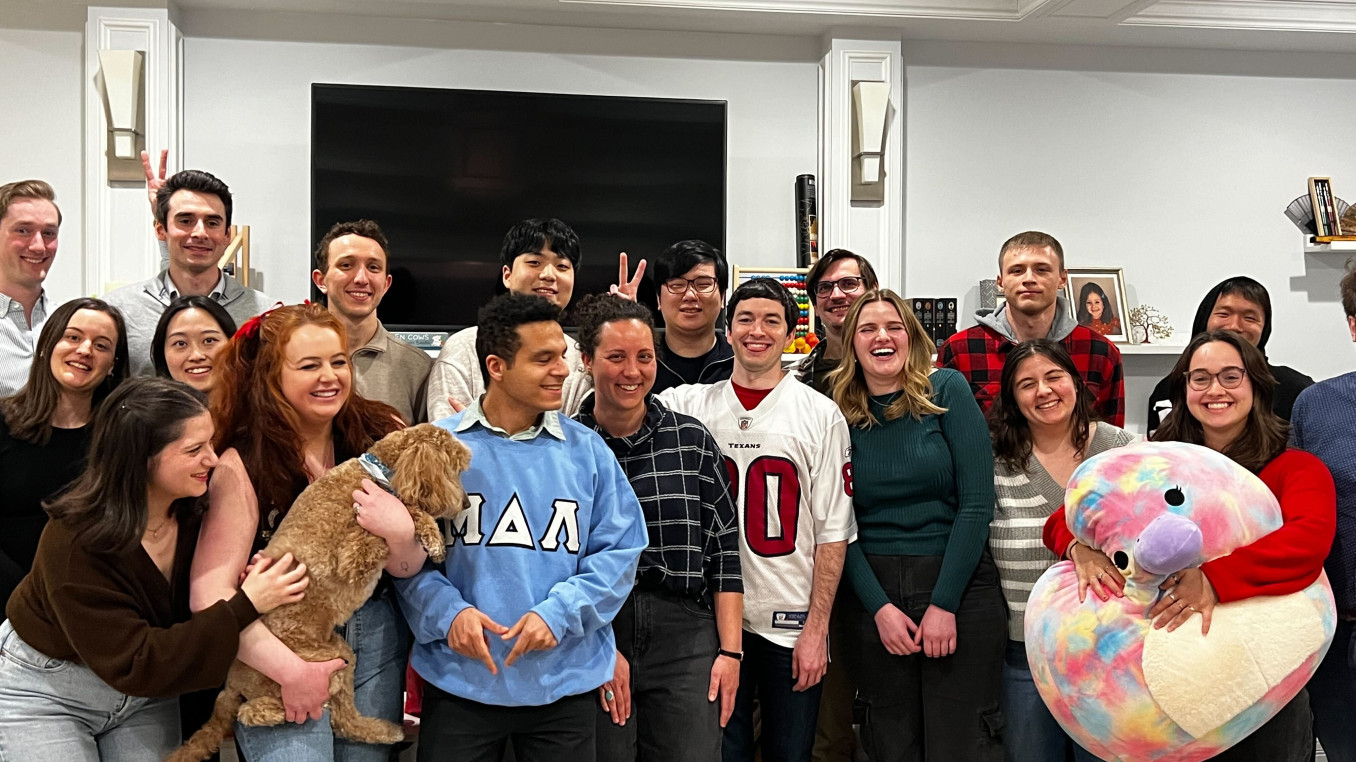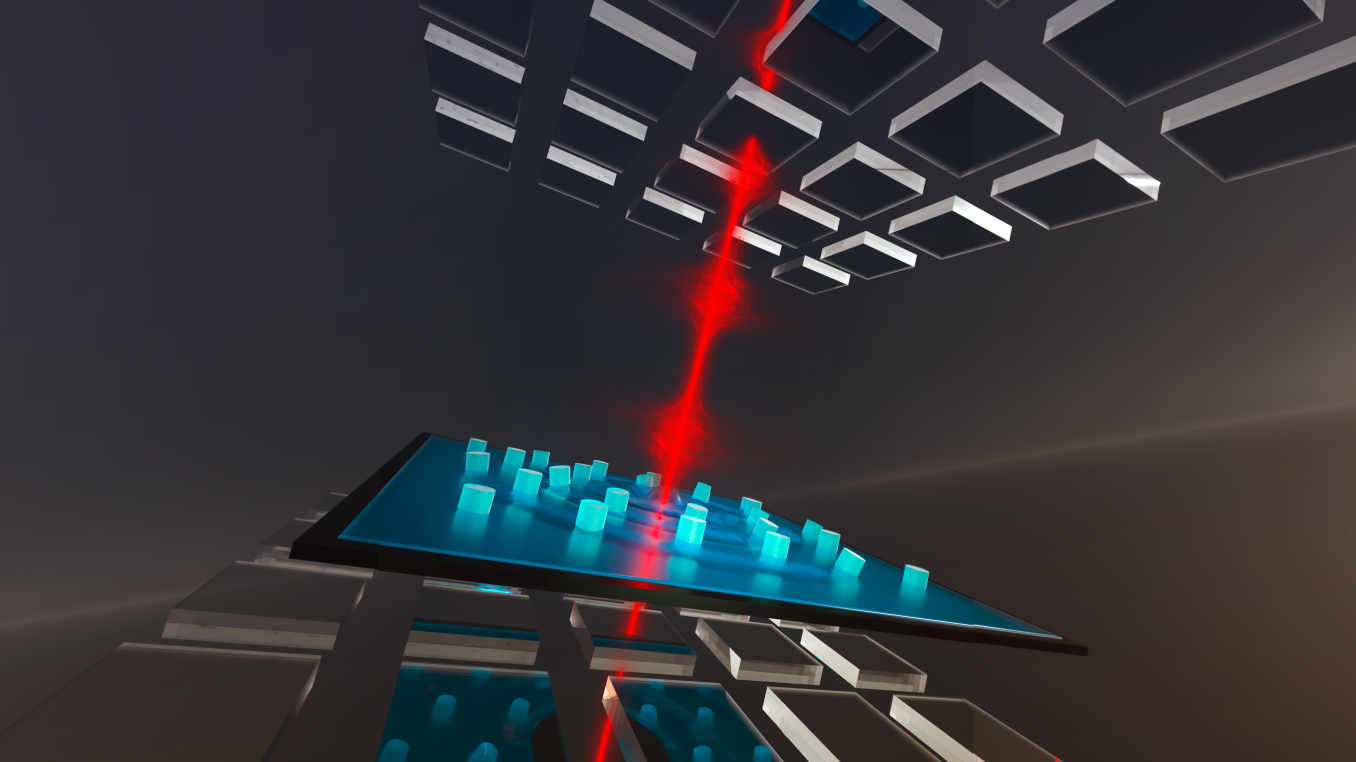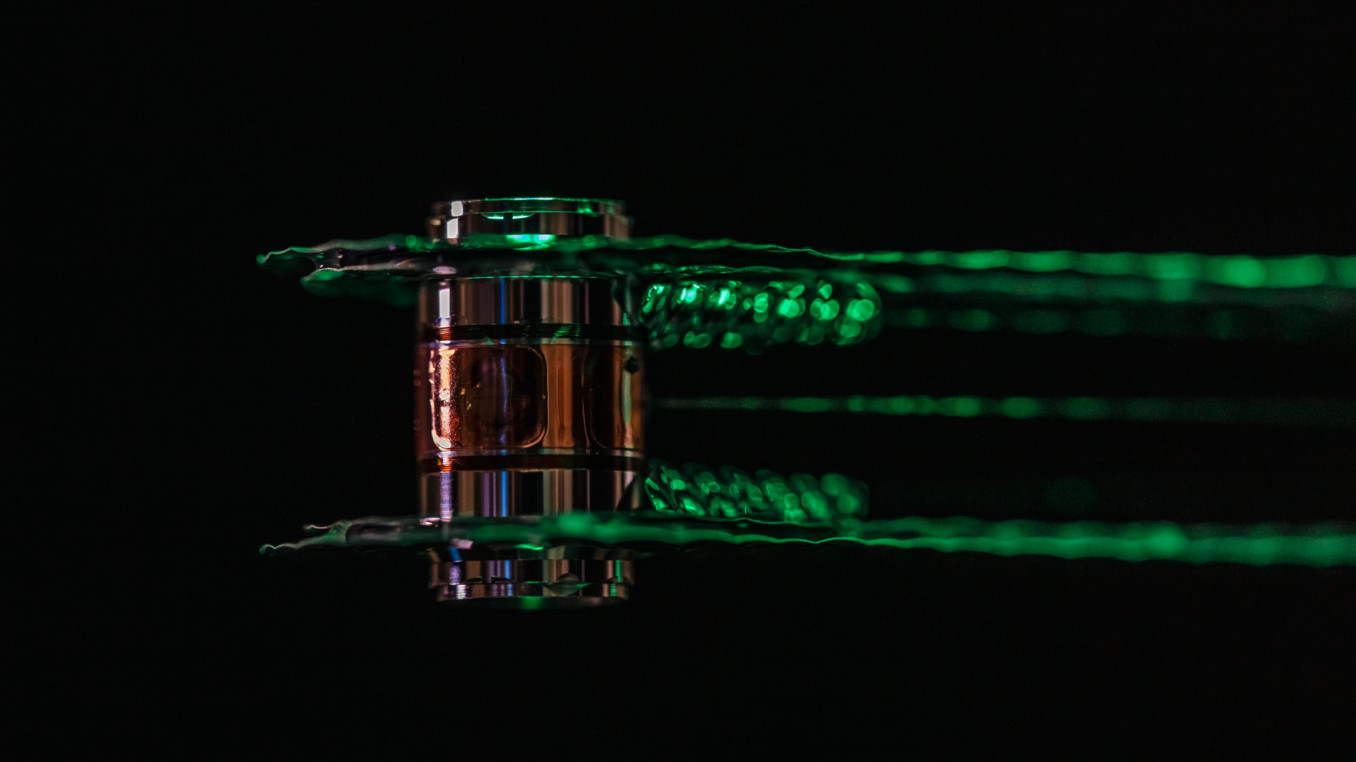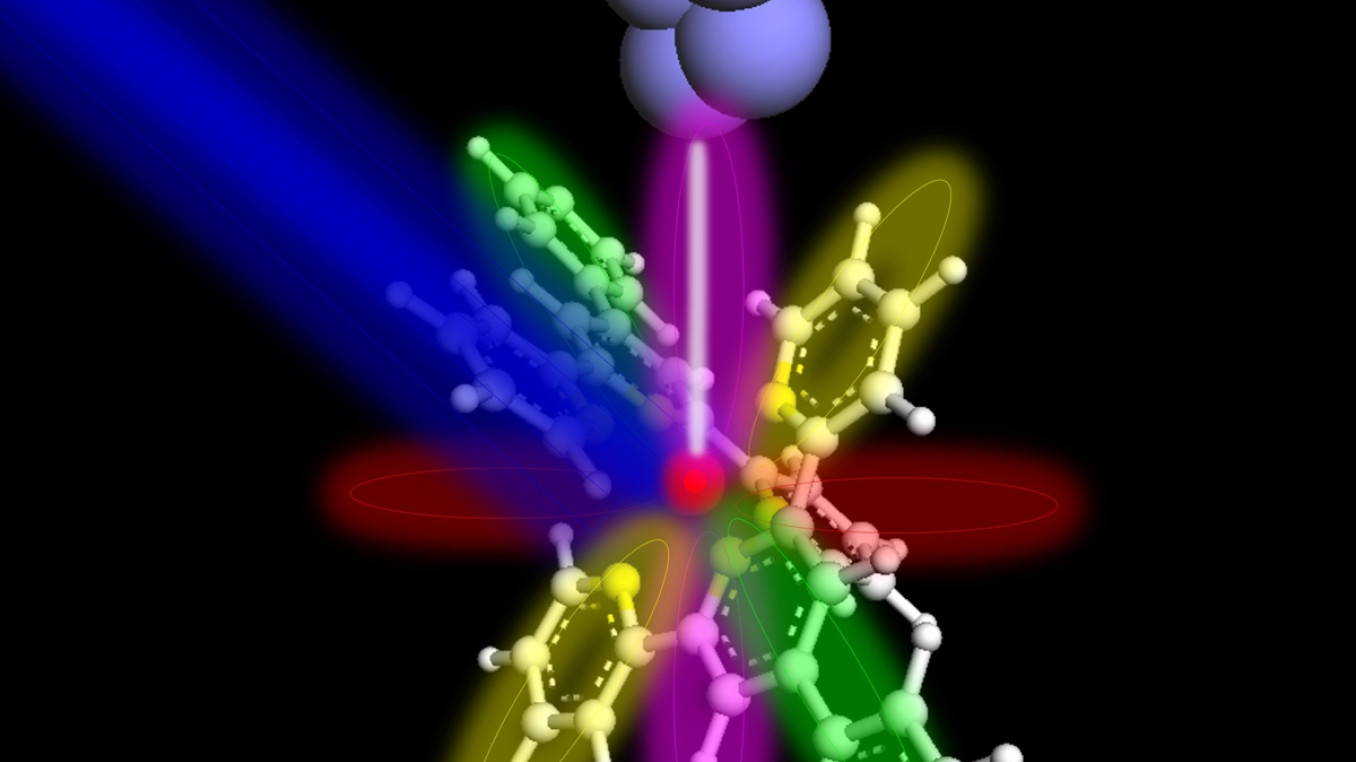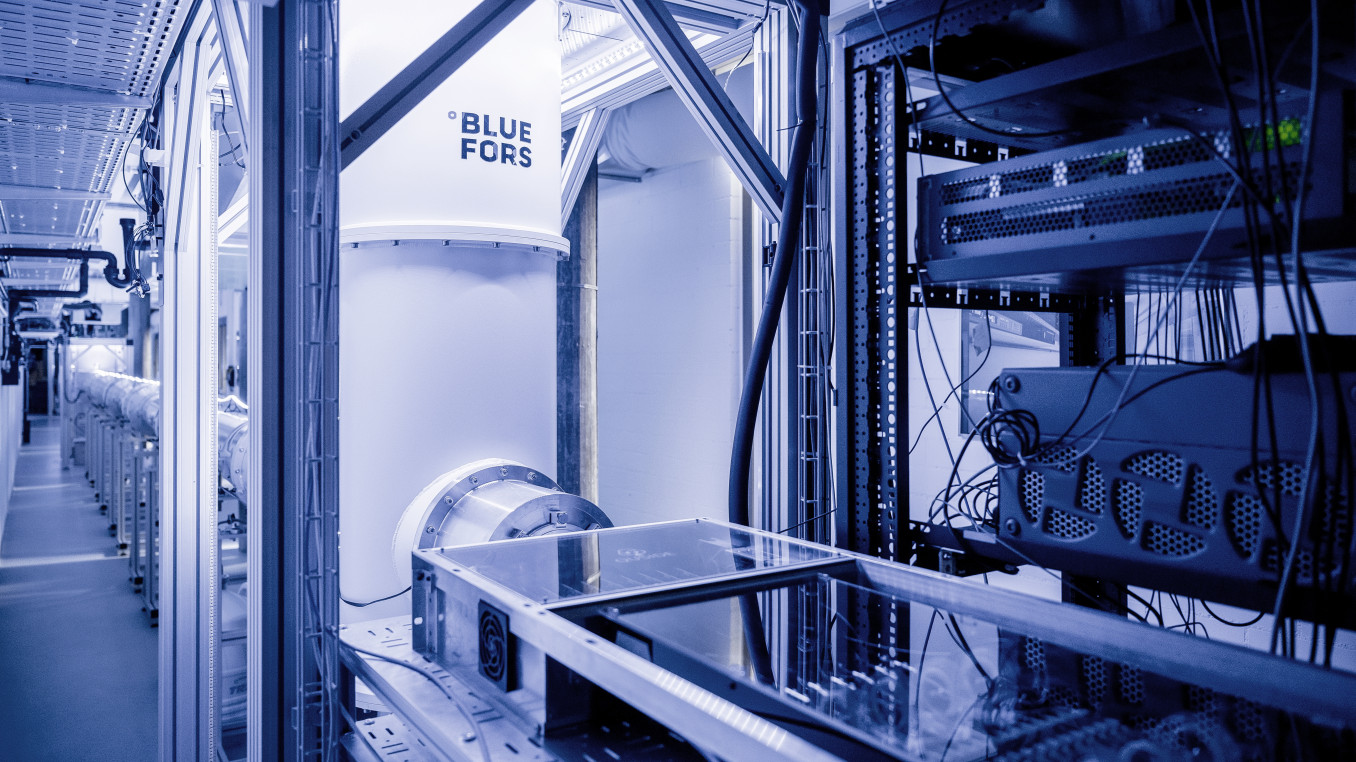Unleashing Nuclear Laser Excitation: Ekkehard Peik and Thorsten Schumm's Quantum Leap
Breaking the Wall of Nuclear Laser Excitation
Winner Interview 2024: Physical Sciences
Join us for an exclusive interview with Thorsten Schumm and Ekkehard Peik who have revolutionized nuclear physics by achieving the first resonant laser excitation of a nuclear transition. Discover their journey and the groundbreaking implications for future scientific advancements.
Which wall does your research or project break?
Breaking the wall of nuclear laser excitation. On the scale of atoms and molecules, the interaction of light with matter was constrained to excitations in the electron shell. Using lasers, these electronic excitations could be studied in great detail, laying the foundations for one of the most successful theories of the last century, quantum mechanics, as well as its technological applications. Also, the atomic nucleus represents a quantum object that could in principle be studied using lasers. Despite decades of attempts, nuclear laser excitation was not successful due to a striking mismatch between nuclear energies and available laser energies. We succeeded in the first resonant laser excitation of a very narrow low-energy nuclear transition in Thorium-229. This was a formidable experimental challenge because we had to work with a rare and radioactive isotope, and the transition frequency was initially only known with a large uncertainty. The success has now opened a door for many experiments in a new field of low-energy nuclear physics or quantum nucleonics.
What are the three main goals of your research or project?
The most immediate follow-up on this breakthrough is the construction of a “nuclear clock”, in some analogy to the atomic clocks, currently employed for timekeeping and navigation applications. A first prototype could already be realized and directly compared to a conventional atomic clock based on electron shell transitions. We expect the nuclear clock to be at least equally performant, but significantly more robust than atomic clocks, even with the possibility of implementing a solid-state version.
In a second step, the nuclear clock can be served as a new type of laboratory for some of the most fundamental questions of physics. More specifically, the nuclear clock is sensitive to variations of the interaction constants of the fundamental forces of nature, such as electromagnetism and the strong force acting inside a nucleus. Examples for planned investigations are searched for specific types of dark matter or tests of the Einstein equivalence principle.
As a third direction, we will study the interaction of the nuclear degrees of freedom to the atomic environment, in particular of energy can be transferred into the nucleus vie the electron shell in a so-called “electron bridge”.
What advice would you give to young scientists or students interested in pursuing a career in research, or to your younger self starting in science?
Be bold and select a topic that you really care for; it does not necessarily have to be in the current mainstream of science. Let your curiosity drive you. There is no “safe” way to do science that is ultimately rewarding. You need to understand what others have already done in your field of interest in order to find the regions where you may push the frontier of knowledge further. Try to observe your surroundings and find unique opportunities due to infrastructure, competences and people you can interact with.
What inspired you to be in the profession you are today?
As a student I had contacts early on with with research institutes in laser physics and with laser companies. I saw the wide range of fundamental questions as well as applications of great economic relevance.
What impact does your research or project have on society?
It is now mainly fundamental research, but it may lead to applications in clocks, quantum technology and material sciences. and material.
What is one surprising fact about your research or project that people might not know?
That you can manipulate the inner structure of a very tiny atomic nucleus with laser light of a wavelength that is much larger.
What’s the most exciting moment you've experienced over the course of your research or project?
Early on, when we made the proposal of the nuclear clock, when we realized that the kind of precision measurements we are doing with atoms, could be transferred to a nucleus; now recently: when we saw the first laser excitation of the nucleus.

